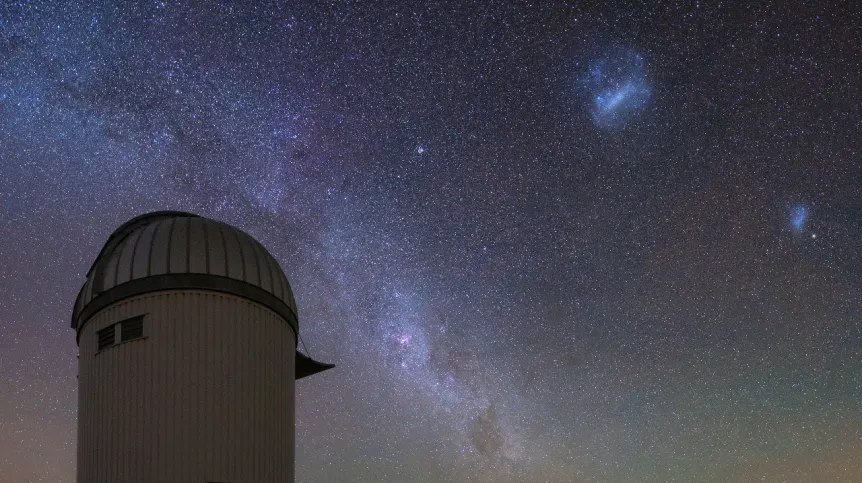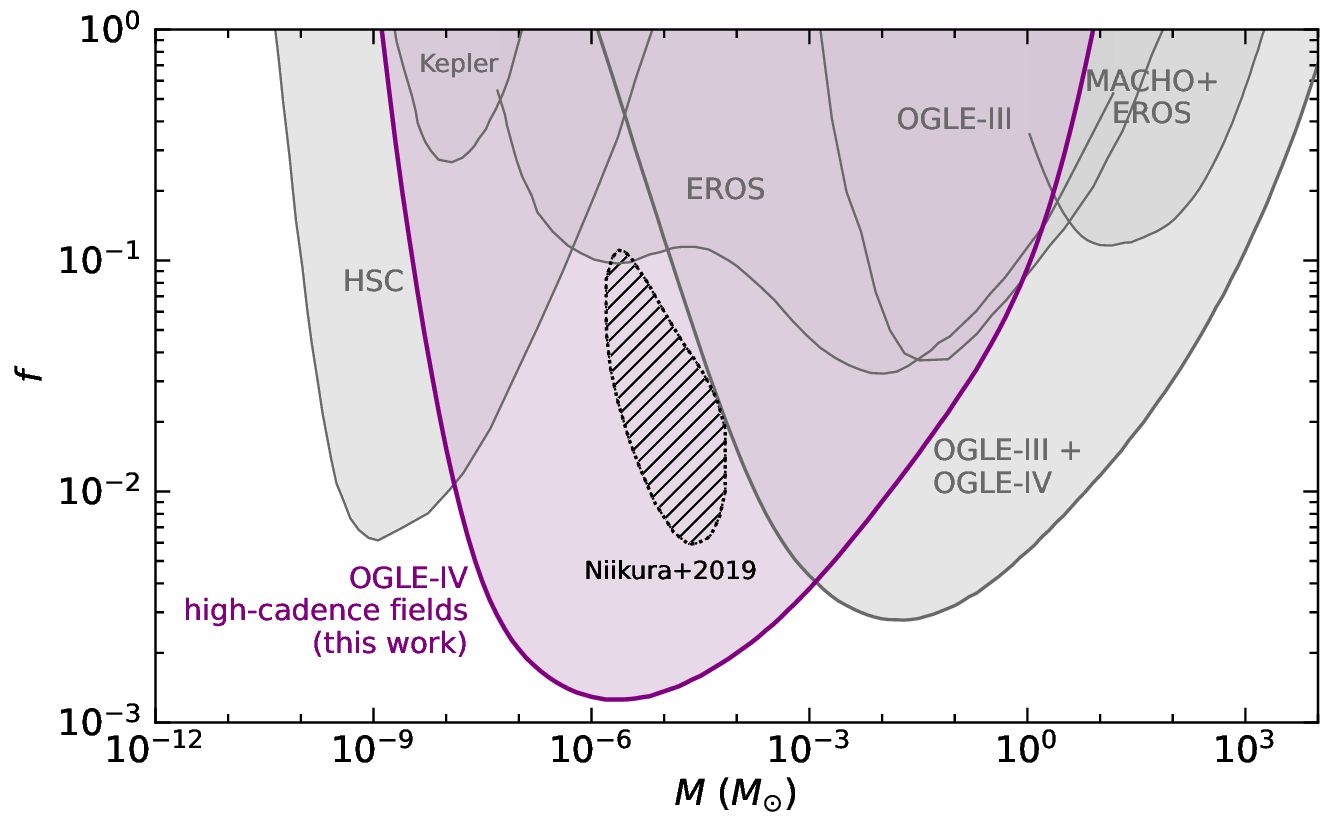
Astronomers working in an international team led by researchers from the Astronomical Observatory of the University of Warsaw have identified a new class of cosmic X-ray sources. The group of 29 objects was discovered by analysing over 20 years of data collected by the Optical Gravitational Lensing Experiment (OGLE) survey, led by astronomers from the University of Warsaw.
The discovery was described in the Astrophysical Journal Letters. The results were reported by the first author of the publication, Przemysław Mróz, PhD, from the Astronomical Observatory of the University of Warsaw.
Most of us may have encountered X-rays during medical visits. X-rays generated with artificial sources are used to diagnose bone fractures and lung diseases where they are used to create images of bones or diagnose lung conditions.
Not everyone knows, however, that celestial objects can also emit X-ray radiation. 'Some cosmic phenomena produce X-rays naturally. For example, X-rays may be produced by a hot gas falling onto compact objects like white dwarfs, neutron stars, or black holes. X-rays can also be generated by decelerating charged particles, such as electrons', says Przemysław Mróz, quoted in a press release.
In the latest publication, astronomers described a previously unknown group of 29 objects located in two neighbouring galaxies, the Magellanic Clouds. These objects exhibited long-duration (typically a few months) outbursts, during which their brightness increased 10 to 20 times. They did not resemble any previously known classes of objects. They were discovered by analysing over 20 years of data collected by the Optical Gravitational Lensing Experiment (OGLE) survey, led by astronomers from the University of Warsaw.
Some of these objects exhibited recurring outbursts every few years, others only flared up once during the 20-year observation period.
One detected object (later named OGLE-mNOVA-11) began an outburst in November 2023, providing a unique opportunity for a detailed study.
'We observed this star with the Southern African Large Telescope (SALT), one of the largest telescopes in the world. Its optical spectrum revealed signatures of ionised atoms of helium, carbon, and nitrogen, indicating extremely high temperatures', Mróz says.

As we read in the release, additional observations were made using the Swift X-ray satellite telescope, which detected X-rays corresponding to a temperature of 600,000 degrees Celsius. Given its distance of over 160,000 light years, OGLE-mNOVA-11 emitted more than 100 times the luminosity of the Sun.
The studied object's unusual properties closely resembled another system, called ASASSN-16oh, discovered in 2016 by the All Sky Automated Survey for SuperNovae, and somewhat forgotten since then.
'We believe OGLE-mNOVA-11, ASASSN-16oh, and the other 27 objects form a new class of transient X-ray sources. We’ve named them millinovae, as their peak brightness is roughly a thousand times lower than that of classical novae', Mróz says.
Their properties indicate that they are binary star systems consisting of two objects orbiting each other with a period of a few days. A white dwarf - a dense remnant of a once-massive star - closely orbits a subgiant star that has exhausted the hydrogen in its core and expanded. The proximity between the two stars allows material to flow from the subgiant to the white dwarf.
The source of the X-rays remains unclear, but the author of the paper have proposed two possible explanations. According to one scenario, the X-rays might be produced as the subgiant's material falls onto the white dwarf's surface, releasing energy.
Another explanation - as we read in the press release - is that the X-rays could result from a thermonuclear runaway on the white dwarf surface. As material accumulates on the white dwarf, hydrogen ignites, causing a thermonuclear explosion. This explosion, however, is not violent enough one to eject material.
'If the latter hypothesis is correct, then millinovae may play a crucial role in astrophysics. As a white dwarf grows in mass, it can eventually reach a critical threshold (about 1.4 solar masses), at which point it may explode as a Type Ia supernova. Astronomers use Type Ia supernovae as standard candles for measuring cosmic distances', the scientists report.
The paper published in Astrophysical Journal Letters: 'Millinovae: a new class of transient supersoft X-ray sources without a classical nova eruption' was created by scientists from the Astronomical Observatory of the University of Warsaw in collaboration with researchers from the University of Southampton, the University of Leicester (UK), the University of Cape Town and the University of the Free State (South Africa). (PAP)
ekr/ agt/













